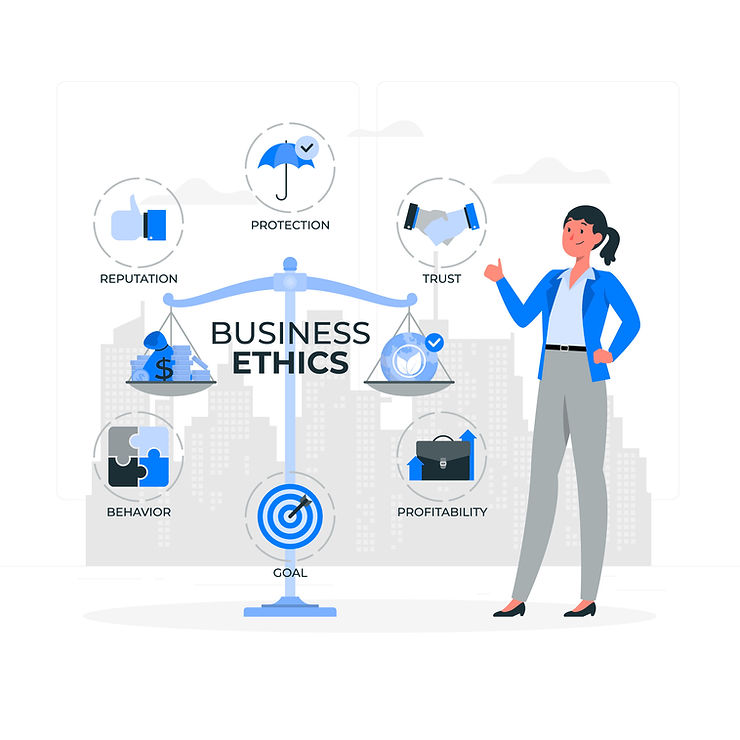Navigating the Ethical Landscape of Predictive Workforce Modeling

-
Collecting more employee data than necessary can lead to overreach.
-
Employees may not be aware of how their data is being used.
-
Transparency issues can create distrust among the workforce.
-
Minimize Data Collection: Gather only required information for decision-making. Avoid collecting unnecessary personal data.
-
Obtain Informed Consent: Clearly communicate to employees how data will be used and obtain explicit consent when required.
-
Anonymize Data: Use aggregated or de-identified data to protect individual privacy while still gaining insights.
-
Regular Audits: Conduct privacy audits to ensure compliance with relevant regulations.
-
Storing large amounts of employee data increases the risk of leaks.
-
Insufficient access controls can expose confidential workforce data.
-
Cyberattacks targeting HR systems can compromise sensitive information.
These best practices can help reduce the possibility of those concerns:
-
Implement Strong Access Controls: Limit data access to only those who need it for their job responsibilities.
-
Use Encryption: Secure employee data through encryption both in transit and for storage.
-
Regular Security Assessments: Conduct penetration testing and vulnerability scans to identify potential weaknesses.
-
Train Employees on Cybersecurity: Educate HR and IT teams on secure data handling practices.
Bias in Workforce Modeling and AI-Driven Decision Making
Predictive analytics and artificial intelligence (AI) often are key components in workforce modeling in order to assess hiring, promotions, and workforce needs. However, algorithmic bias can lead to unfair treatment of employees if not properly managed. Bias can stem from historical hiring data, flawed assumptions, or lack of diversity in training datasets.
Potential challenges are:
-
AI-driven hiring models may reinforce past biases if it was trained on historical data that lacks diversity.
-
Algorithms may unintentionally disadvantage certain groups based on gender, race, or age.
-
Lack of transparency in AI decision-making can make it difficult to identify bias.
To avoid these challenges, try these practices:
-
Audit AI Models for Bias: Regularly test AI-driven workforce tools to identify and mitigate bias.
-
Use Diverse Training Data: Ensure that the datasets used in modeling represent diverse demographics and experiences.
-
Implement Human Oversight: Avoid fully automated decisions by incorporating a human review element to detect and correct biased outcomes.
-
Establish Ethical AI Guidelines: Create clear policies for responsible AI use in workforce planning.
As workforce planning becomes increasingly data-driven, organizations must prioritize ethical considerations to protect employee rights, build trust, and ensure compliance with privacy and security regulations. By minimizing data collection, strengthening security measures, and mitigating bias, companies can create ethical workforce models that benefit both employees and business outcomes.
Explore how LYTIQS can help you build data-driven, bias-aware, and secure workforce models that align with your values and drive results.


